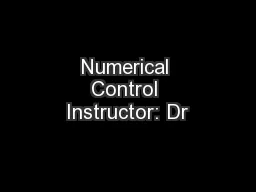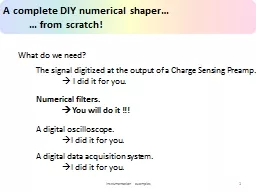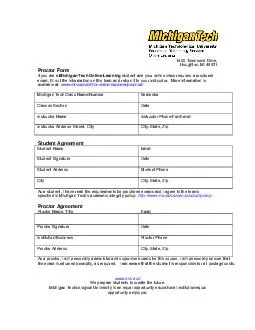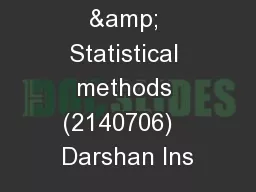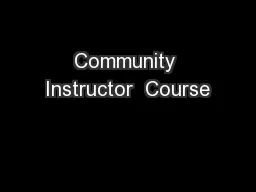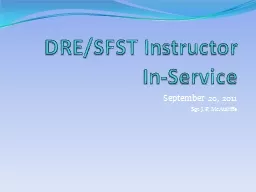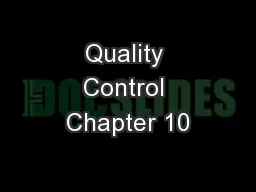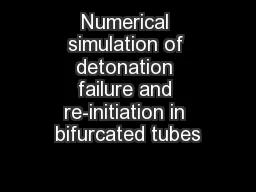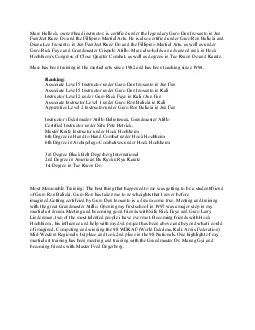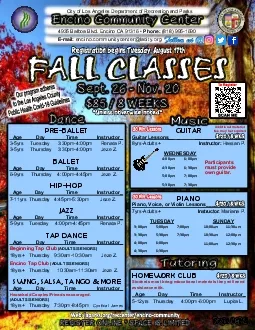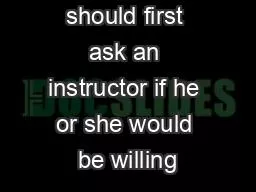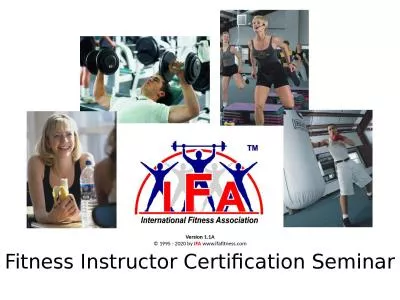PPT-Numerical Control Instructor: Dr
Author : cheryl-pisano | Published Date : 2018-09-19
Haris Aziz TA Mian Wasif Contents 1 Fundamentals of NC Technology 2 Computer Numerical Control 3 DNC 4 Applications of NC 5 Engineering Analysis of NC Positioning
Presentation Embed Code
Download Presentation
Download Presentation The PPT/PDF document "Numerical Control Instructor: Dr" is the property of its rightful owner. Permission is granted to download and print the materials on this website for personal, non-commercial use only, and to display it on your personal computer provided you do not modify the materials and that you retain all copyright notices contained in the materials. By downloading content from our website, you accept the terms of this agreement.
Numerical Control Instructor: Dr: Transcript
Download Rules Of Document
"Numerical Control Instructor: Dr"The content belongs to its owner. You may download and print it for personal use, without modification, and keep all copyright notices. By downloading, you agree to these terms.
Related Documents

